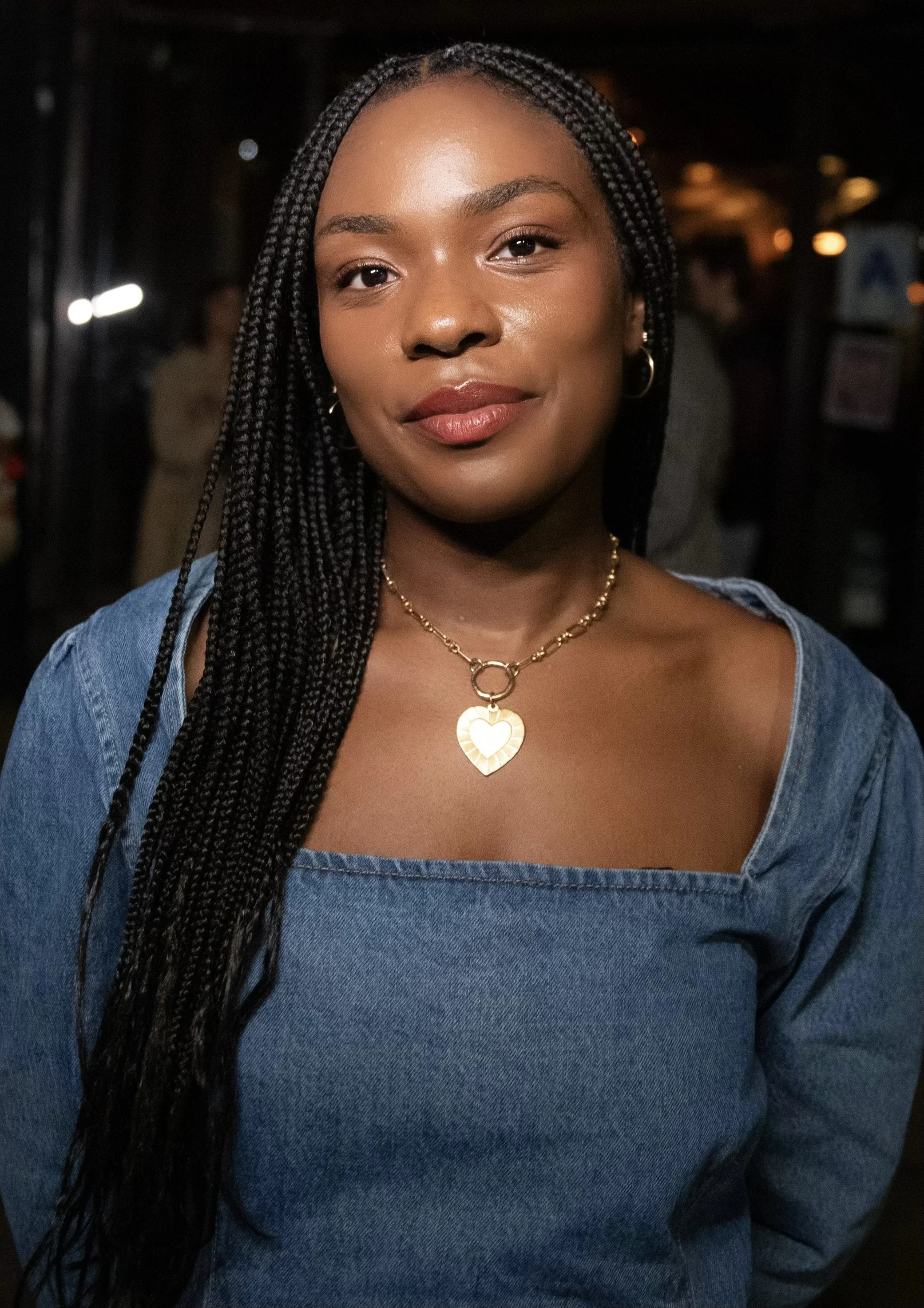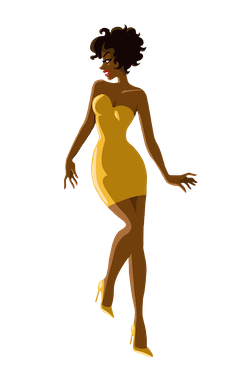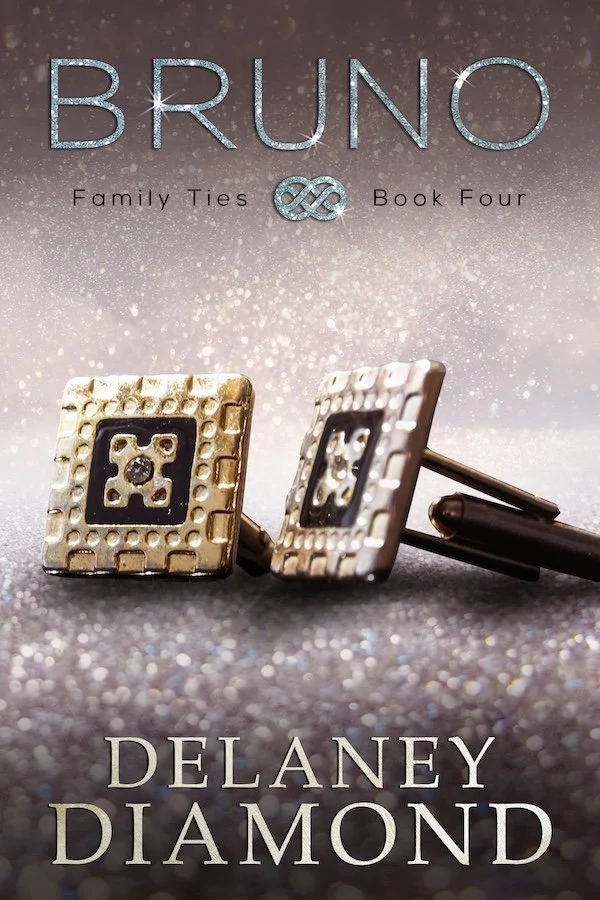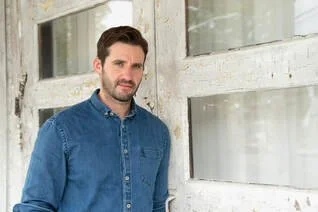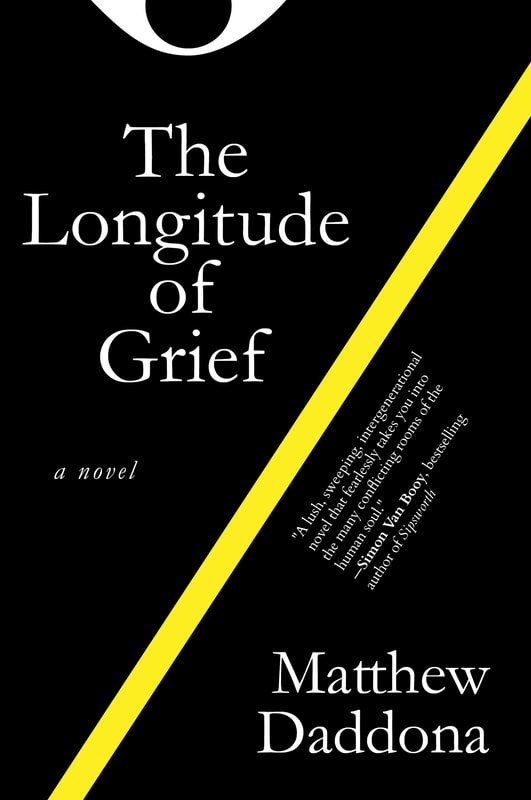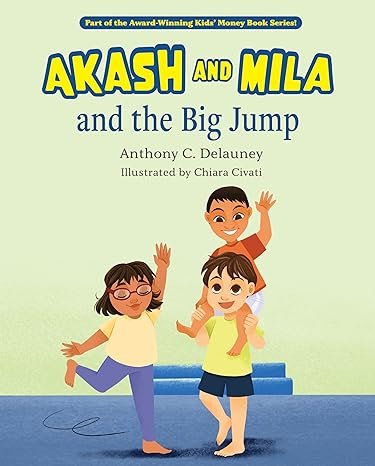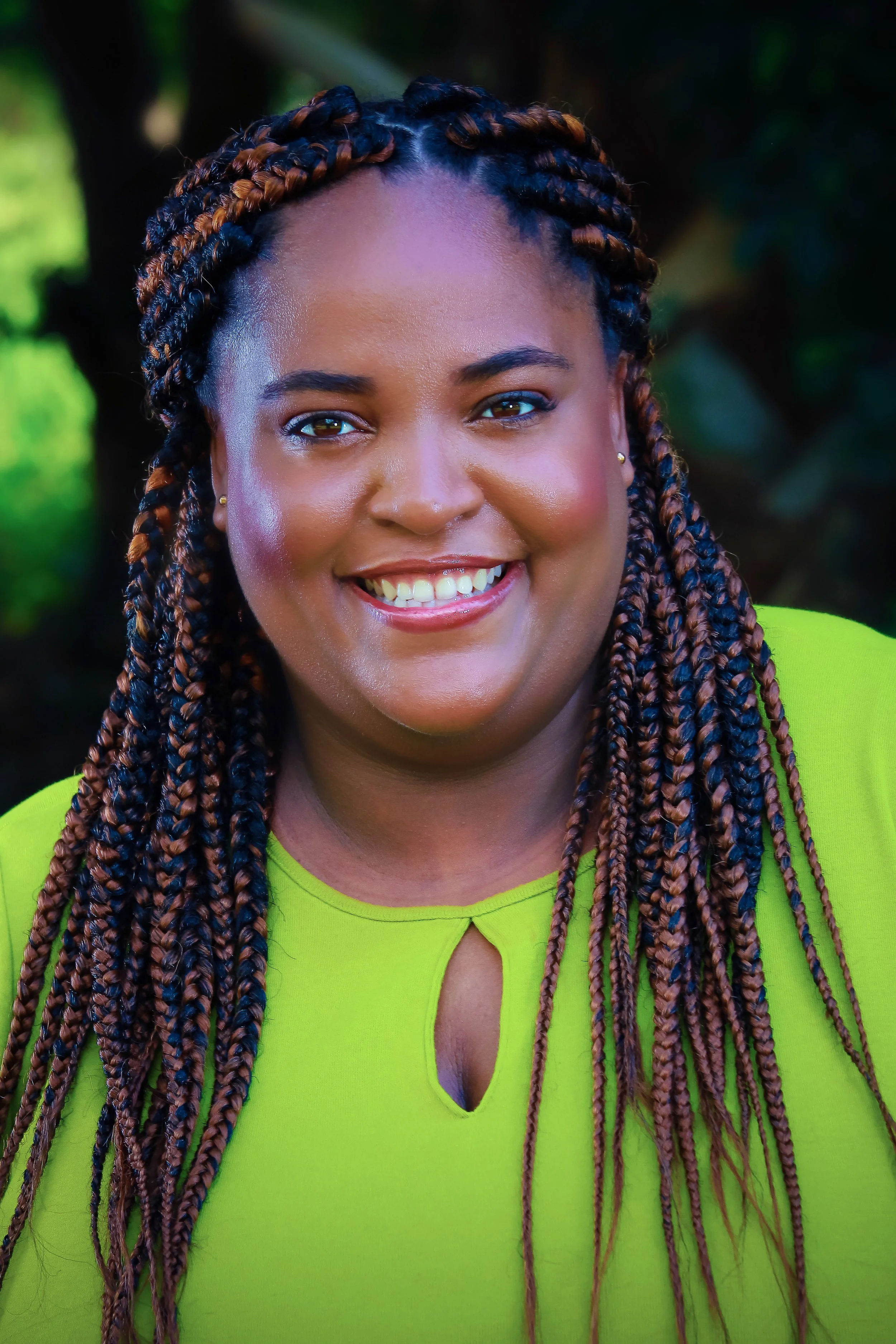Q&A with H.B. Akumiah, Bad Witches
/What inspired you to write about a world where witches are facing a crisis due to a diminishing number of their kind?
I started the book by writing about girls who lived in New York and one day found they had magical powers. I was really just interested in writing about the hijinks of twenty-somethings who suddenly had the ability to manipulate their lives with magic.
But as I wrote, I realized that I had to give these powers a backstory and meaningful stakes, or else the book wouldn’t have the tension necessary to interest audiences and carry a plot – there had to be some gravity behind the experience they were having.
That’s how the crisis in the Witch Sphere came about. I just worked backward from the girls getting their powers. How did they get them? Why did they get them? Why now? Why does it matter? This was how I slowly built the logic of the Witch Sphere and of the Crisis that puts the story in motion.
How did you come up with the distinct personalities and backgrounds of Maya, Gabbie, and Delali? Were they inspired by real people or completely fiction creations
These characters are totally fictional, but I pulled from so many influences when creating them. I started with Maya. Bad Witches is pretty heavily inspired by Gossip Girl, and I created Maya to be the character who most resembles one of the high-maintenance snobby characters of that universe. Gabbie is a lovable dork who’s meant to be accessible to everyone, a character we can’t help but root for. And Delali is our straight man, our Greek chorus.
My favorite ensembles of women—like the ladies of Sex and the CIty—often include these outsize, polarized characters, who start as flat archetypes but gain shape and depth as the story develops. I love this trope because it feeds the really human desire to categorize ourselves, which helps readers (or viewers) become more invested. I love that when a friend finishes reading the book, one of the first texts I get from them is, “Omg, I’m such a [Gabbie/Maya/Delali]!”
How did you approach blending magical elements with the everyday lives of characters? What challenges did you face in maintaining this balance?
It was tricky! For me, it was really important to give the magic rules. This way, there was still an opportunity for the girls to encounter real hurdles and crises that would force them to change and grow. The book wouldn’t be any fun if the girls could just snap their fingers and fix their problems with magic. I wanted it to work more the way money or any other resource or privilege works—it can help, but it’s an imperfect tool, and you don’t always get exactly what you ask for.
The bond between Maya, Gabbie, and Delali is central to the story. How do you explore themes of friendship and empowerment through their journey?
For me, it was important that the girls weren’t immediate best friends. They have such different personalities and approaches to life—it wouldn’t make sense for them to immediately hit it off. Plus, I find the slow-growing friendship a lot more rewarding. As I developed the girls’ friendships, I tried to illustrate the shortcomings of each girl’s personality, and how borrowing perspectives from each other could really help them thrive.
The phrase “these Bad Witches are going to find a way to have some fun” suggests a light-hearted tone amidst serious themes. How did you navigate this balance in your writing?
I was really focused on making the book fun—that really was my primary goal. But a story isn’t a story without some conflict. So as I started playing with darker elements in the book, my philosophy was to err on the side of fun and lighthearted. If anything was too serious or dark, I pulled back if I felt I could do so while still maintaining tension in the story. I didn’t want anything gratuitous or gory. I wanted just enough to make the story feel like it had some stakes.
As your first novel, what was the most surprising aspect of the writing and publishing process?
I think I’ve just been surprised by how long the process takes and by how many people become invested in your work once it’s acquired by a publisher. It’s definitely weird—and wonderful—to have a whole team of people who are familiar with the book and have all these ideas and goals for it.
Your love of reality TV is mentioned in your bio. Did this interest influence any aspects of the story or character dynamics?
Honestly, not really! I offloaded that trait onto Maya, who references reality TV a little in the book. Otherwise, I think my interest in reality TV is just a reflection of my interest in human stories of all kinds. People do weird things, and it’s my interest in observing and analyzing and understanding those weird things that has led me to both watching more hours of Bravo than could ever be healthy, and pursuing a career in writing.
Do you have plans for a sequel or a series set in the same universe as Bad Witches
There’s a pretty big cliffhanger at the end of Bad Witches, so it would be cruel for there not to be a book two (and three!).
Are you working on any new projects or exploring different genres for your future writing?
Yes! I love literary fiction and am currently at work on a collection of short stories. I’m also working on an original TV series that I’m really excited about, and I have a nonfiction piece about online witch communities coming out in Mixed Feelings next month.
This sounds like it’s going to be a wonderful read. Where can readers find you?
Find me on Instagram at @hizzaire, @badwitchesbook, and/or @limousinereadings.
About Bad Witches:
In H. B. Akumiah’s lively and charming debut, three young women discover the unbelievable: they’re witches, and their new-found magic may be the key to saving the world…
The Witch Sphere is in turmoil. In the years since a stunning betrayal sent shockwaves through society, the Sphere was hit with a crisis: witches are giving birth to more typics (non-witches) and their numbers are diminishing. Nadia is determined to help, but she finds her efforts at the Witch Health Organization entangled with the political machinations of her powerful mother.
A public relations assistant, a teacher, and a former child star walk into a bar bathroom … On what happens to be all of their twenty-second birthday and, like many twentysomethings, become fast tipsy friends. But unlike most twentysomethings, their night of partying ends with an accidental act of magic. Suddenly, Maya, Gabbie, and Delali find themselves thrust into a world of spells and potions with only a mysterious mentor as a guide.
As the girls learn to harness their new power, Nadia starts to notice spikes in the magic baseline and suspects an unknown cadre of witches may be the key to solving the Typic Crisis. Can this unlikely coven come together and save the Sphere or are there darker forces at play? Either way these Bad Witches are going to find a way to have some fun.
Buy on Amazon Kindle | Audible | Paperback | Bookshop.org
